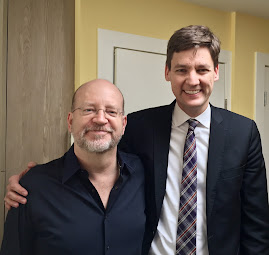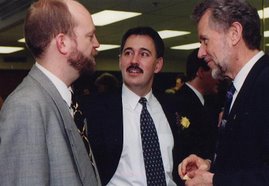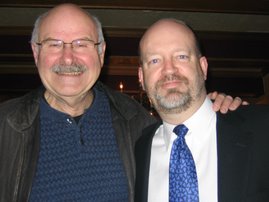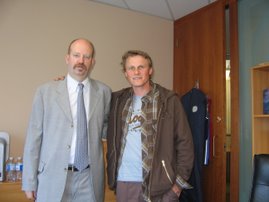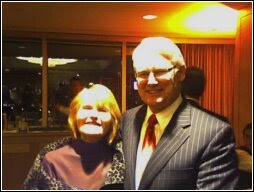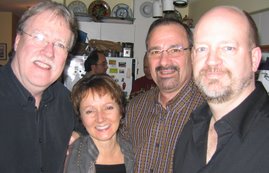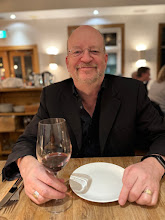Prime Minister Stephen Harper, Premier Christy Clark, Toronto Mayor Rob Ford and
BC NDP leader Adrian Dix all do them, and they're wrong.
 |
| Prime Minister Stephen Harper - ibagli photo |
Bill Tieleman 24 Hours Vancouver / TheTyee column
Tuesday
January 28, 2014
By Bill Tieleman
"We
pride ourselves on being a transparent organization, open to all -- potential
members, curious onlookers, researchers et al."
Is it
discrimination to hold ethnic media only news conferences where
English-language journalists are deliberately excluded, or just political
pandering?
Vancouver
is one of the world's most integrated and diverse cities, yet we still see
ethnic media segregation. Why do some ethnic media get invites, while others
seen to be more critical in their coverage are excluded?
Do
so-called mainstream media perpetuate the need for politicians to meet
separately with ethnic journalists, because issues concerning their communities
simply aren't news to English-language television, radio, print and Internet
outlets?
Tough
questions, all prompted by 24 Hours Vancouver's Jeremy Nuttall, who broke the national story
that Prime Minister Stephen Harper held a secret and lengthy news conference in
Vancouver this month -- but only for invited ethnic media.
Nuttall
also obtained an audiotape that spilled the beans. It showed that Harper
actually made news at the conference, denouncing some
employers for their "outright abuse" of the Temporary
Foreign Worker Program his government has been under fire for and made
amendments to.
Harper
rarely holds news conferences for journalists, preferring photo opportunities
with no questions. But he was very happy to do so in front of what he
presumably believed was a friendly crowd: invitation-only ethnic media.
Clark,
too
B.C.
Premier Christy Clark is no different, holding an Asian media only
news conference last week that was crashed by 10 English-language
media outlets after 24 Hours Vancouver publicized it.
Clark's
communication director Ben Chin told media he didn't "think" the
ethnic-only events would change in the future.
New
Democrat leader Adrian Dix also held an Asian media
"newser" this month, but allowed 24 Hours Vancouver to
attend when a request was made.
Even
Toronto's cracker of a mayor Rob Ford met ethnic media
editors last week, hours before a drunken
appearance where he slurred Jamaican patois in a fast food
restaurant and was caught on video.
Open
the doors
This is
all wrong.
These
exclusive conferences are about politicians attempting to pander to particular
communities outside the scrutiny of other media, sometimes sending very
different messages than the ones English-language mainstream media receive from
the same party.
It also
can be insulting to ethnic journalists, who are as ethical and challenging to
politicians as any other media, sometimes more so.
I
confess to personally helping organize ethnic media only news conferences for
premier Clark -- but it was Glen Clark, not Christy, and way back in 1996 when
I was communications
director for the premier.
In
fact, the key staff government person who dealt with ethnic media then is now
BC Liberal multiculturalism cabinet minister Teresa Wat.
Ethnic
media only news conferences weren't controversial at the time, but one would hope
that 18 years later more progress would have been made and separate events
wouldn't be necessary. They are increasingly anachronistic and controversial.
So here's a
radical suggestion for politicians in 2014: be totally transparent. Invite all
media regardless of ethnicity or language to attend news conferences on
whatever the topic, and let them decide if they want to attend.
.




